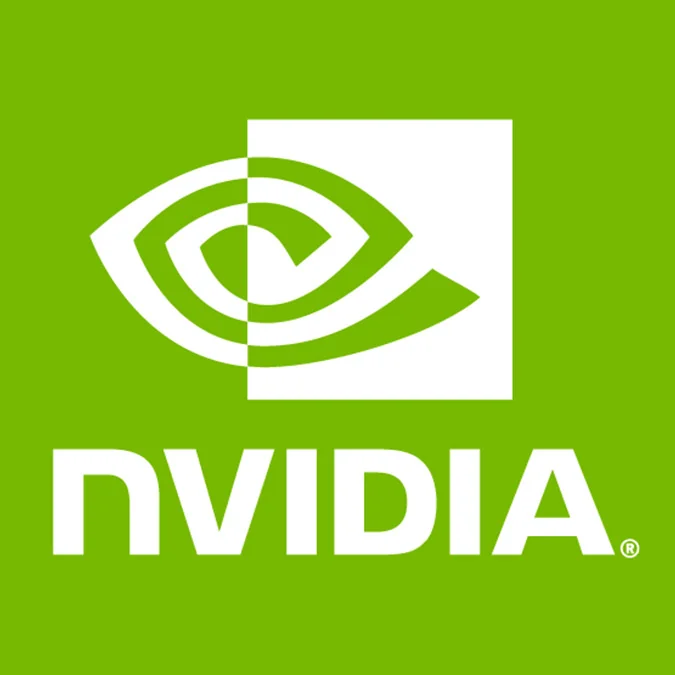NVIDIA Linux Developers Don't Sound Too Happy About The ChromeOS Driver Approach

With NVIDIA's EGLStreams/EGLDevice approach for Wayland support rather than utilizing GBM, ChromeOS got brought up in one of the email exchanges this week due to its usage of EGL. James Jones of NVIDIA had some interesting remarks to share about implementing drivers for ChromeOS. Enjoy.
The direction ChromeOS is taking is even more problematic, and I'd hate to see it being held up as an example of proper design direction. We spent a good deal of time working with Google to support ChromeOS and ended up essentially allowing them to punch through the driver abstraction via very opaque EGL extensions that no engineer besides the extension authors could be expected to use correctly, and embed HW-specific knowledge within some component of ChromeOS, such that it will likely only run optimally on a single generation of our hardware and will need to be revisited. That's the type of problem we're trying to avoid here. ChromeOS has made other design compromises that cost us (and I suspect other vendors) 10-20% performance across the board to optimize for a very specific use case (I.e., a browser) and within very constrained schedules. It is not the right direction for OS [to] graphics driver interactions to evolve.Thanks to the many parties taking a stake in Wayland and working on open-source improvements to it as a community, once all of the dust settles on NVIDIA's Wayland implementation proposal, the outcome should be much better off than ChromeOS.
15 Comments

